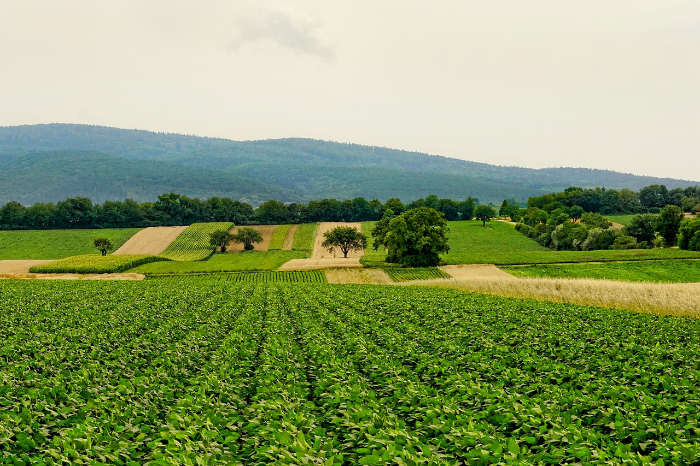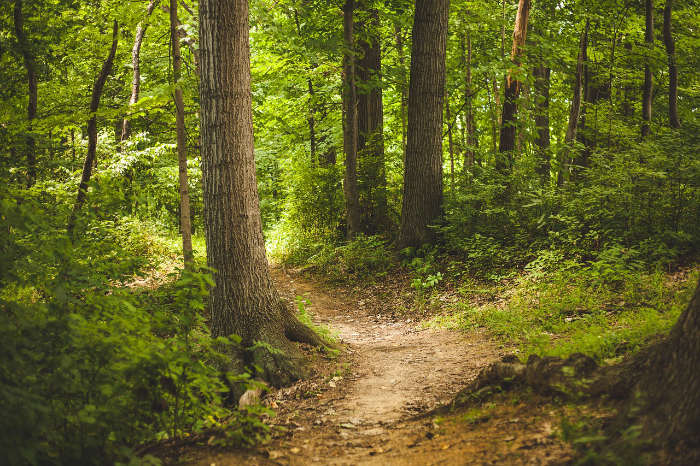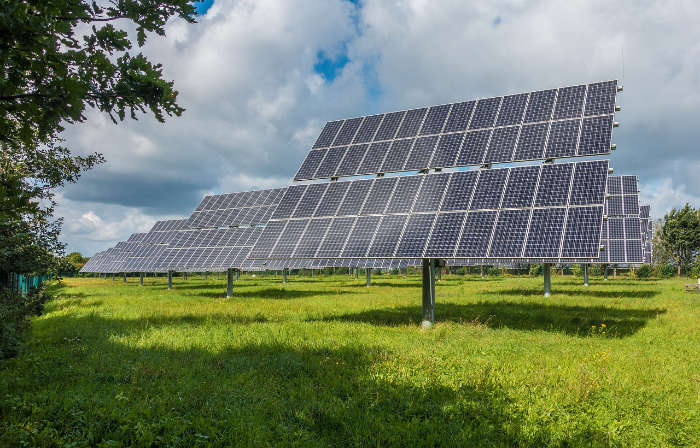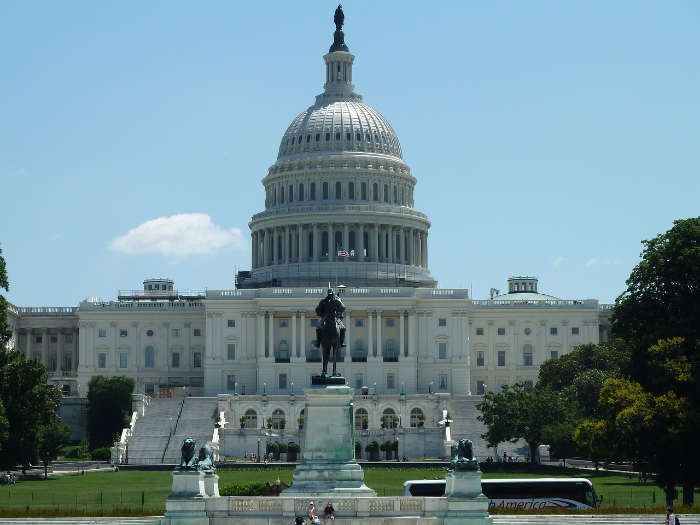Bald Eagle Population by State 2025
Bald Eagle Breeding Pairs [minimum estimate] 2024
State | Bald Eagle Breeding Pairs [minimum estimate] 2024↓ | Bald Eagle Breeding Pairs [ranged estimate] 2024 | Bald Eagle Overwintering Population 2024 | |
|---|---|---|---|---|
| Alaska | 30,000 | |||
| Minnesota | 9,800 | |||
| Florida | 1,500 | |||
| Wisconsin | 1,500 | |||
| Maryland | 1,400 | 1400-2000 pairs | ||
| Virginia | 1,100 | |||
| Ohio | 910 | |||
| Michigan | 900 | |||
| Washington | 900 | |||
| Maine | 800 | |||
| Montana | 700 | |||
| Oregon | 570 | |||
| Missouri | 500 | |||
| Oklahoma | 500 | 500-600 pairs | 2000 | |
| New York | 452 | |||
| South Carolina | 440 | |||
| California | 400 | 100-400 pairs | 1000 | |
| Iowa | 400 | 4000 | ||
| Indiana | 350 | |||
| Louisiana | 350 | |||
| North Dakota | 300 | |||
| Pennsylvania | 300 | |||
| West Virginia | 300 | |||
| Idaho | 234 | |||
| New Jersey | 220 | |||
| Nebraska | 202 | 990 | ||
| Alabama | 200 | |||
| Colorado | 200 | 1000 | ||
| Georgia | 198 | |||
| North Carolina | 192 | |||
| Kentucky | 187 | |||
| Wyoming | 185 | |||
| Tennessee | 175 | |||
| Texas | 160 | |||
| South Dakota | 150 | 140-150 pairs | ||
| Kansas | 137 | |||
| New Hampshire | 109 | |||
| Mississippi | 100 | |||
| Connecticut | 82 | |||
| Arkansas | 80 | 1700 | ||
| Delaware | 77 | |||
| Massachusetts | 76 | |||
| Vermont | 68 | |||
| Arizona | 65 | |||
| Illinois | 40 | 3000 | ||
| Utah | 10 | |||
| Rhode Island | 3 | 3-4 pairs | ||
| New Mexico | 2 | |||
| Hawaii | 0 | |||
| Nevada | 0 | 150 | ||
| United States | 57,524 |
- In most states, bald eagle counts are taken during the spring/summer breeding season and/or the fall/winter nonbreeding/overwintering months, whenever the eagles are most numerous.
Bald eagles, the majestic symbol of freedom and resilience, can be found soaring the skies in various states across the United States. These magnificent birds have made remarkable comebacks in recent years, thanks to conservation efforts and protective measures implemented nationwide.
Alaska leads the pack with an estimated population of around 30,000 bald eagles, making it one of the prime habitats for these iconic birds. Minnesota follows closely behind with approximately 9,800 bald eagles, showcasing the species’ thriving presence in the region.
In states like Florida and Wisconsin, bald eagle populations have rebounded impressively, with around 1,500 individuals in each state. These numbers reflect the success of conservation initiatives aimed at preserving critical habitats and nesting sites for bald eagles.
While some states boast significant populations of bald eagles, others have smaller but still notable numbers. States like New Mexico and Utah, for example, have populations ranging from 2 to 10 individuals, showcasing the species’ adaptability to diverse environments.
Conservationists and wildlife enthusiasts alike continue to monitor and protect bald eagle populations across the country, ensuring that these magnificent birds remain a symbol of America’s natural beauty and resilience for generations to come.



















